Zoox has jokingly dubbed its prototype robot taxis “vaporware horseshit.”
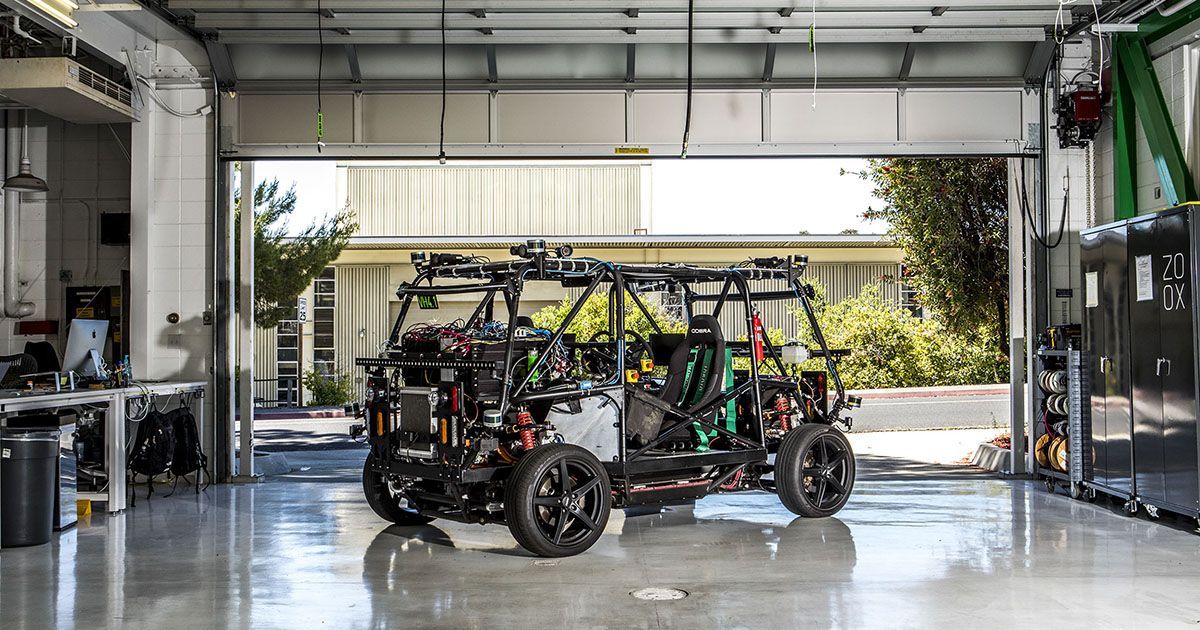

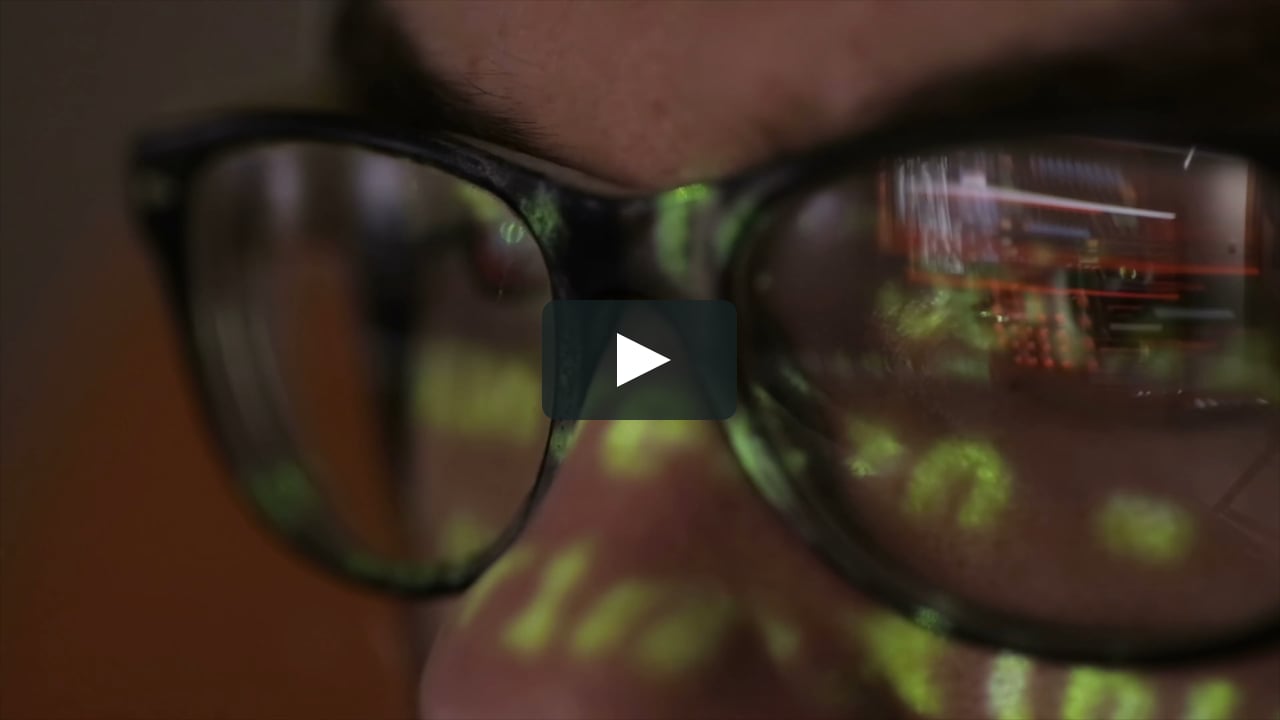
Nicholas Papernot discusses “Making Machine Learning Robust Against Adversarial Inputs” (cacm.acm.org/magazines/2018/7/229030), a Contributed Article in the July 2018 CACM.
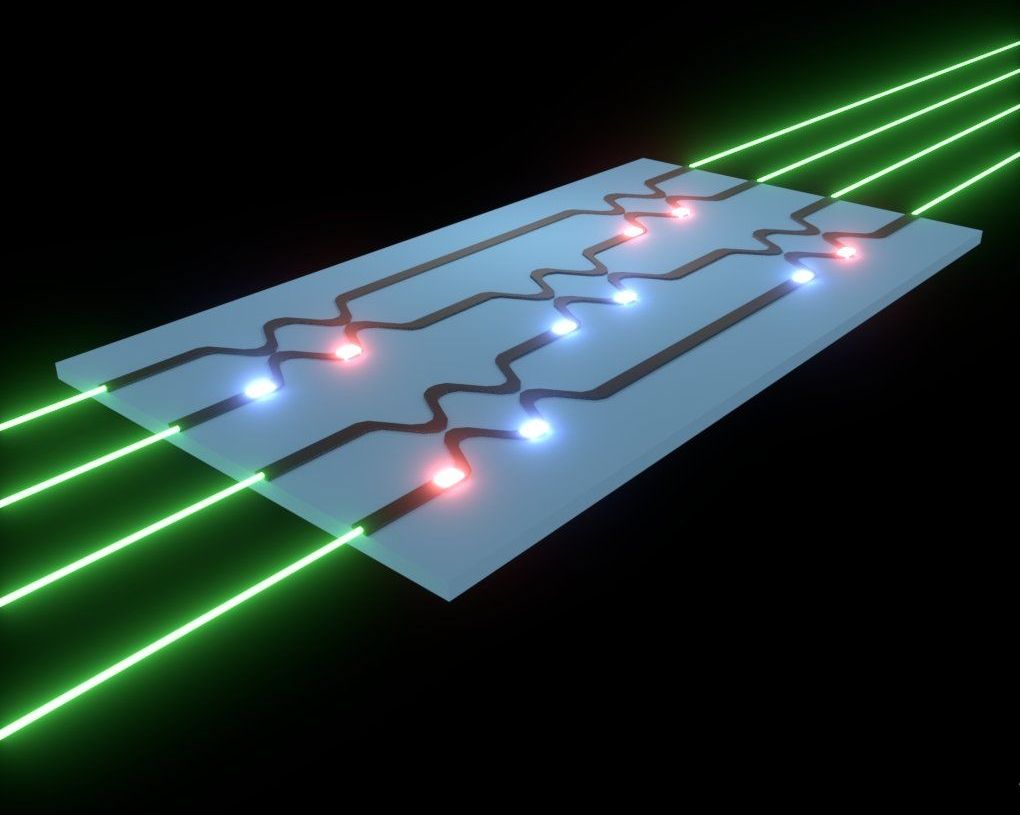
Researchers have shown that it is possible to train artificial neural networks directly on an optical chip. The significant breakthrough demonstrates that an optical circuit can perform a critical function of an electronics-based artificial neural network and could lead to less expensive, faster and more energy efficient ways to perform complex tasks such as speech or image recognition.
“Using an optical chip to perform neural network computations more efficiently than is possible with digital computers could allow more complex problems to be solved,” said research team leader Shanhui Fan of Stanford University. “This would enhance the capability of artificial neural networks to perform tasks required for self-driving cars or to formulate an appropriate response to a spoken question, for example. It could also improve our lives in ways we can’t imagine now.”
An artificial neural network is a type of artificial intelligence that uses connected units to process information in a manner similar to the way the brain processes information. Using these networks to perform a complex task, for instance voice recognition, requires the critical step of training the algorithms to categorize inputs, such as different words.
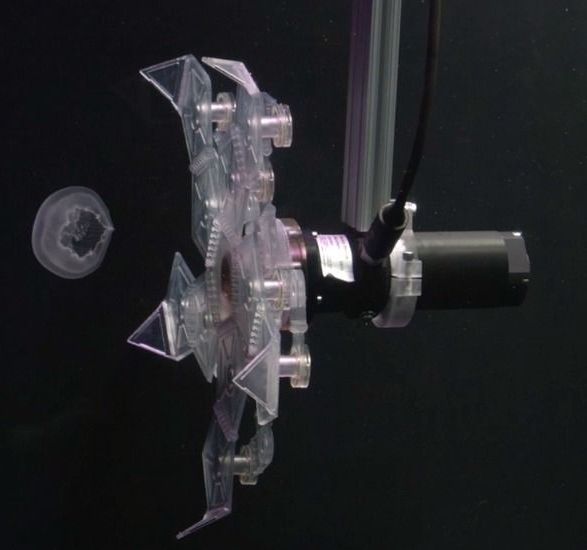
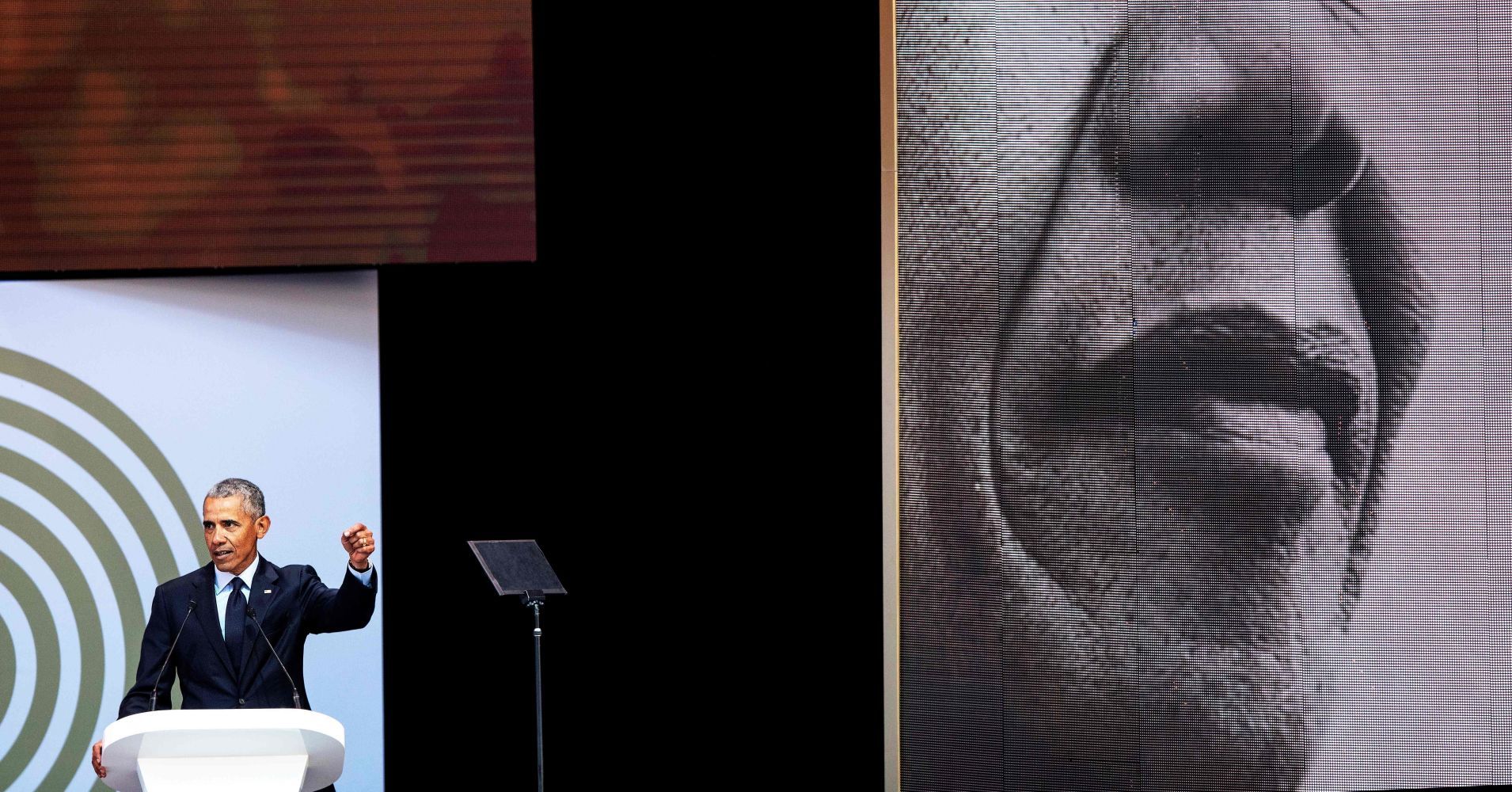
But even though money is necessary, it’s not sufficient to provide human beings a sense of satisfaction, Obama cautioned. As more and more tasks and services become automated with the rise of artificial intelligence, “that’s going to make the job of giving everybody work that is meaningful tougher, and we’re going to have to be more imaginative, and the pace of change is going to require us to do more fundamental re-imagining of our social and political arrangements, to protect the economic security and the dignity that comes with a job.”
The former president says “we’re going to have to consider new ways of thinking” as technology threatens current labor markets.
Our Fast Lightweight Autonomy program recently completed Phase 2 flight tests, demonstrating advanced algorithms designed to turn small air and ground systems into team members that can autonomously perform tasks dangerous for humans — such as pre-mission reconnaissance in a hostile urban setting or searching damaged structures for survivors following an earthquake.

“Will machines replace humans?” This question is on the mind of anyone with a job to lose. Daniel Susskind confronts this question and three misconceptions we have about our automated future, suggesting we ask something else: How will we distribute wealth in a world when there will be less — or even no — work?
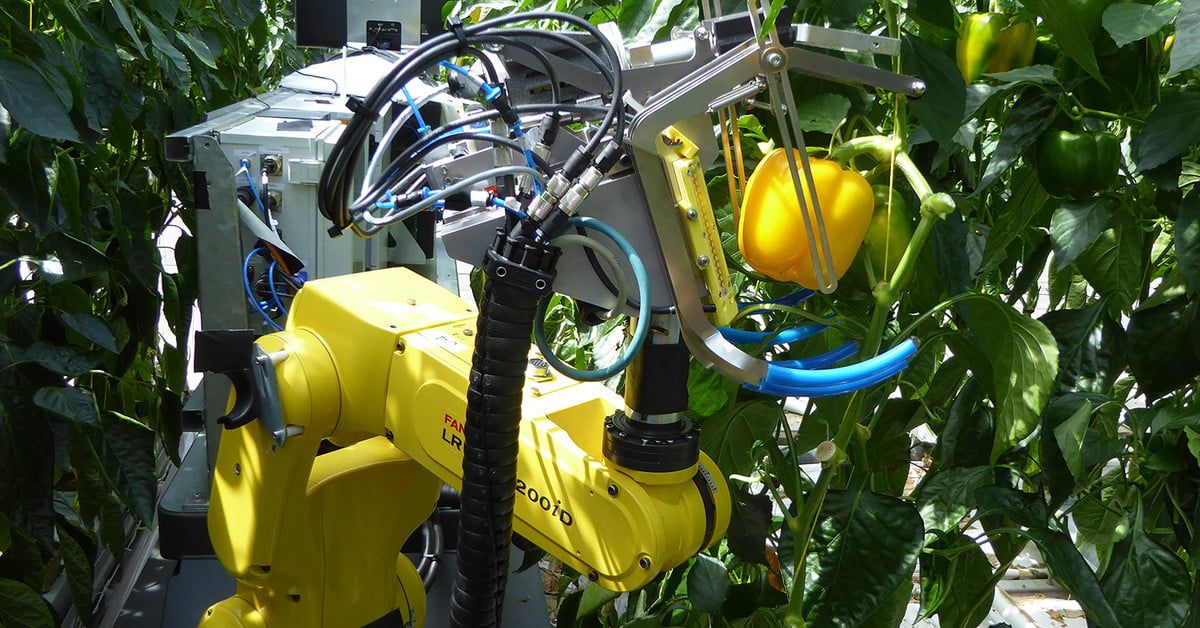
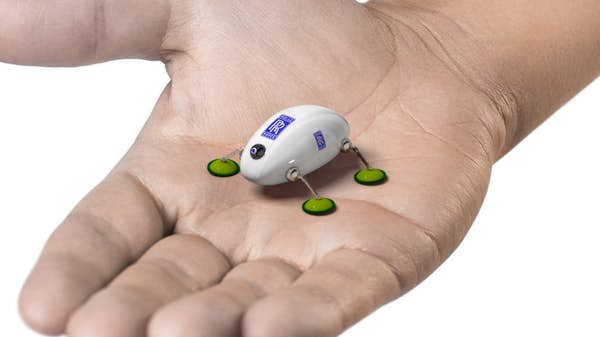
The engines of an airplane are complicated machines with plenty of hard-to-reach places, and keeping them in working order requires a lot of time and maintenance. The future of this task, as Rolls-Royce sees it, could involve deploying different kinds of of robots that patrol these aircraft parts and quickly nip any problems in the bud.
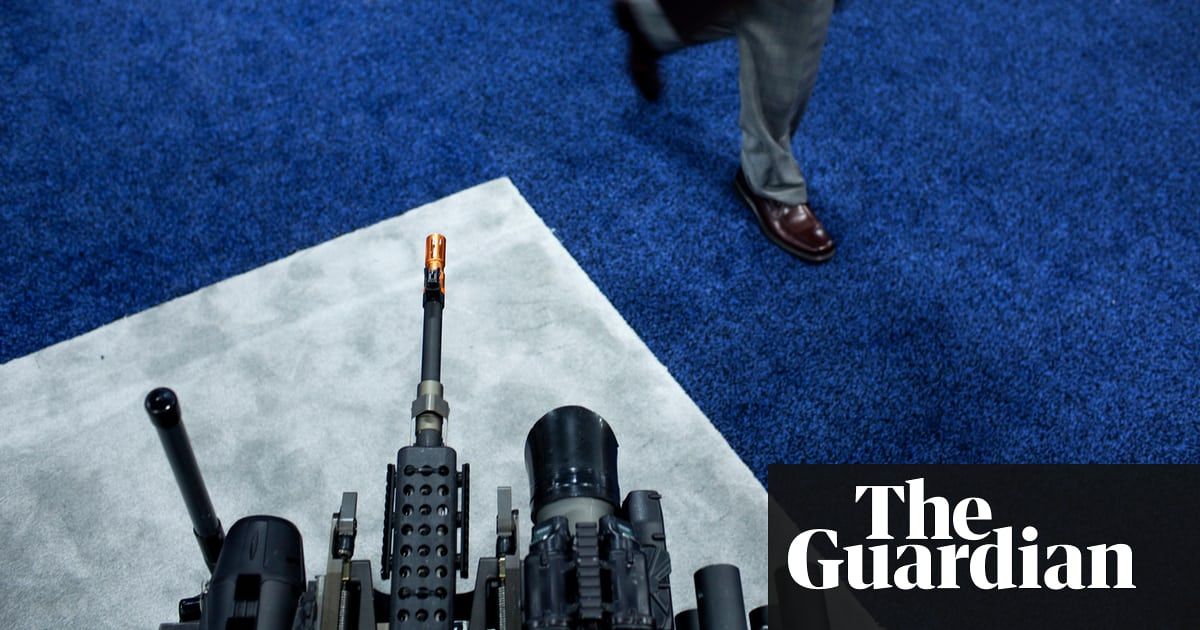
Co-founder of Google DeepMind and CEO of SpaceX amongst the 2,400 signatories of pledge to block lethal autonomous weapons.
Ian Sample Science editor.